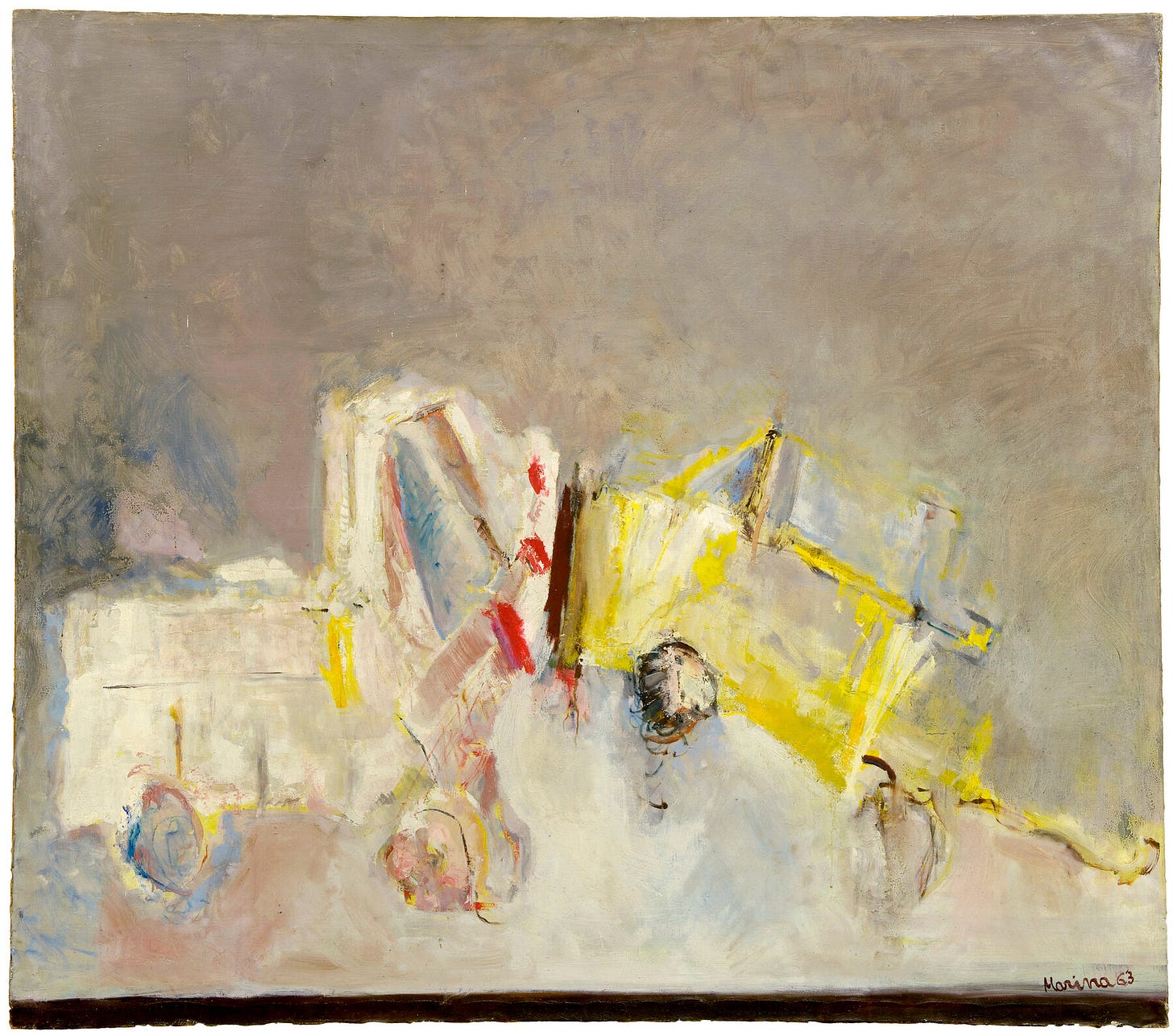The changing appearance of the trees in the transition of the seasons leads to thoughts on new beginnings, the act of shedding and changing while remaining the same. New leaves grow on the same branches, the old ones gone forever; is the tree still unchanged?
In cold climates, one of the main reasons deciduous trees survive is only because they shed their leaves, as a means of adapting to their environment. Had the trees refused to let go of the leaves, they would eventually be gone with them.
In his timeless speech on personal renewal, John W. Gardner described the act of perpetual change and our personal evolution while travelling through life as “an endless unfolding, and if we wish it to be, an endless process of self-discovery, an endless and unpredictable dialogue between our potentialities and the life situations in which we find ourselves.”
Irish poet William Butler Yeats was known to be open to change, and often revised his lyrics as part of his own evolution as a writer and person. For Yeats, renewal was as inevitable as the connection between who we are and what we make, even if that would often mean being misunderstood:
“The friends that have I do it wrong
Whenever I remake a song,
Should know what issue is at stake:
It is myself that I remake.”
Other times, change is uninvited, even unintended. Laurie Anderson, a multidisciplinary artist, initially trained in violin and sculpting. Despite her identity being shaped around performance art, she skyrocketed to fame with an electronic music song, ‘O Superman.’ To those close to her, this shift and unexpected success was a borderline betrayal: “I was a performance artist with no interest in the pop world. When the song went to No. 2, my friends said I’d sold out.” Unplanned change, or even small experiments, can redirect our paths in surprising and meaningful ways.
Still, amidst this freedom to change and to evolve, we do not always need to throw the scraps away. Marina Abramović, perhaps the most renowned performance artist in the world, found her way into art through painting. In an interview with the New York Times, she recalls how, as a young artist, she was fascinated by car crashes, which she also liked to paint:
“Though I wasn’t aware of it [until recently], this crash represents the energy that I’d create in my early performances: two bodies running toward each other, crashing into each other and making this blurry image. My research today is about the body and how to create a field in which you aren’t afraid of pain, of dying, of limits.”
In the end, Abramović’s visual art contributed to her performance work, even if that was not her initial intention. As she said, “I didn’t know then that painting wasn’t my ultimate goal. It takes a long time to realise who you are.”
Engaging in Gardner’s endless dialogue takes time; perhaps the length of an entire life. Yet, remaking oneself is, to an extent, an inevitable part of progress, as long as one remains open to change, especially the one that tends to face the greatest form of resistance: the change within us.
There may be a sunk cost fallacy involved — we have invested so much time in building some parts of ourselves that we may view letting go of those parts or changing direction as a form of resignation. Paradoxically, the opposite is true: we will stop changing the moment we stop discovering who we are. Changing is not giving up; it is growth, even if that involves the painful ‘death’ of those parts that no longer serve us. Like the tree, with every shedding, the core remains, and it becomes more of itself.
The Layers
by Stanley Kunitz
I have walked through many lives,
some of them my own,
and I am not who I was,
though some principle of being
abides, from which I struggle
not to stray.
When I look behind,
as I am compelled to look
before I can gather strength
to proceed on my journey,
I see the milestones dwindling
toward the horizon
and the slow fires trailing
from the abandoned camp-sites,
over which scavenger angels
wheel on heavy wings.
Oh, I have made myself a tribe
out of my true affections,
and my tribe is scattered!
How shall the heart be reconciled
to its feast of losses?
In a rising wind
the manic dust of my friends,
those who fell along the way,
bitterly stings my face.
Yet I turn, I turn,
exulting somewhat,
with my will intact to go
wherever I need to go,
and every stone on the road
precious to me.
In my darkest night,
when the moon was covered
and I roamed through wreckage,
a nimbus-clouded voice
directed me:
“Live in the layers,
not on the litter.”
Though I lack the art
to decipher it,
no doubt the next chapter
in my book of transformations
is already written.
I am not done with my changes.



